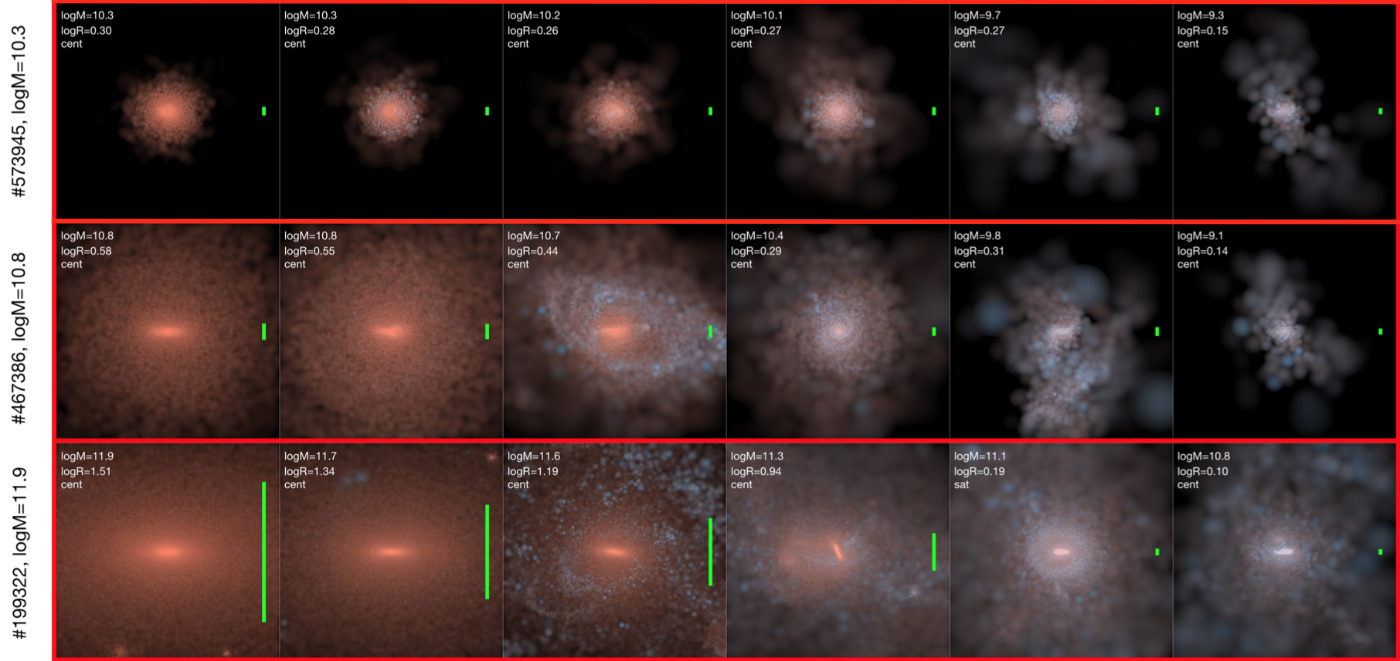Galaxy size and angular momentum
Both the observed sizes and angular momentum contents of galaxies scale with mass, evolve with cosmic time, and depend of galaxy morphological type and star-formation rate. These two quantities are also intimately related to each other, and are governed by a large variety of physical processes.
